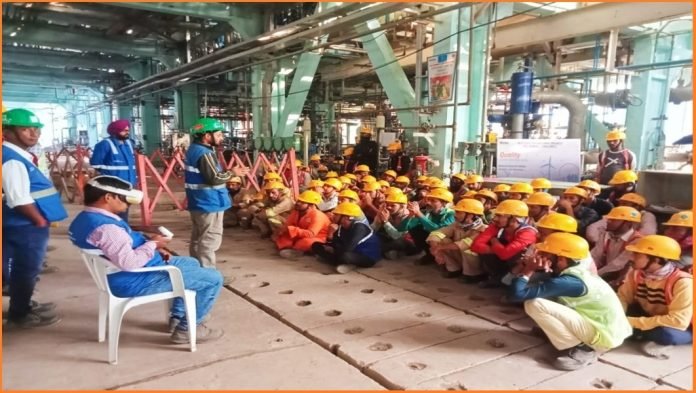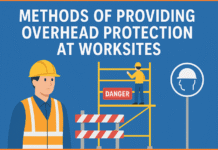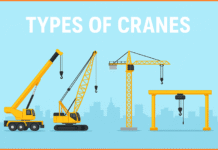In recent years, the adoption of virtual reality (VR) technology has revolutionized various industries, and one notable application is in the field of safety training. Traditional safety training methods often involve lectures, videos, and written materials, but virtual reality safety training takes learning to a whole new level. This article explores the innovative landscape of virtual reality safety training at construction site, examining its benefits, challenges, and the transformative impact it has on preparing individuals for workplace hazards.
The Need for Effective Safety Training
Construction sites are inherently risky environments, with numerous potential hazards such as heavy machinery, heights, and complex structures. Conventional safety training often involves classroom lectures, videos, and on-site demonstrations, which may not fully prepare workers for the real challenges they face. Virtual Reality steps in as a game-changer by creating a simulated environment that mirrors the actual conditions of a construction site, allowing workers to experience and navigate potential dangers in a controlled setting.
Realistic Simulations
One of the key advantages of virtual reality safety training is its ability to create immersive learning environments. VR technology allows trainees to simulate real-world scenarios, complete with realistic visuals, sounds, and interactions. For example, in a manufacturing setting, employees can practice using equipment or handling hazardous materials within a virtual space, providing a risk-free yet realistic experience.

Engaging Learning Experience
Traditional training methods can sometimes be monotonous, leading to a lack of engagement. Virtual Reality, on the other hand, immerses trainees in a 3D environment, making the learning experience more interactive and engaging. This increased engagement contributes to better retention of safety information.
Risk-Free Simulation
VR safety training eliminates the inherent risks associated with traditional hands-on training. In high-risk industries such as construction, healthcare, or emergency response, employees can practice emergency procedures, response protocols, and equipment operation without exposing themselves to potential dangers. This not only ensures the safety of trainees but also minimizes the likelihood of damage to equipment or facilities during the learning process.
Customization and Adaptability
Another notable feature of virtual reality safety training is its adaptability to various industries and specific job roles. Training programs can be customized to replicate the unique challenges and hazards of different workplaces. Whether it’s a construction site, a chemical plant, or a healthcare facility, VR simulations can be tailored to address industry-specific safety concerns, making the training more relevant and effective.
Real-Time Feedback and Assessment
Virtual reality safety training enables real-time feedback and assessment, allowing trainees to learn from their mistakes instantly. Interactive scenarios can be designed to evaluate how well employees respond to emergencies or follow safety protocols. This immediate feedback loop enhances the learning process, reinforcing correct behaviors and helping to identify areas that require improvement.
Cost-Effective Training Solutions
While the initial investment in virtual reality technology may seem substantial, the long-term benefits can outweigh the costs. VR safety training reduces the need for physical training materials, equipment, and dedicated training spaces. Moreover, it minimizes the risks and costs associated with on-the-job accidents or errors, ultimately contributing to a safer work environment and lower overall expenses.
Virtual Reality safety training is transforming the construction industry by providing an innovative and effective approach to educating workers about safety protocols. As technology continues to advance, VR will likely play an increasingly significant role in enhancing the safety culture on construction sites. By investing in Virtual Reality training, construction companies can not only reduce the risk of accidents but also foster a workforce that is better equipped to handle the complexities of the modern construction environment. The integration of VR in safety training represents a forward-looking commitment to the well-being of workers and the overall success of construction projects.





